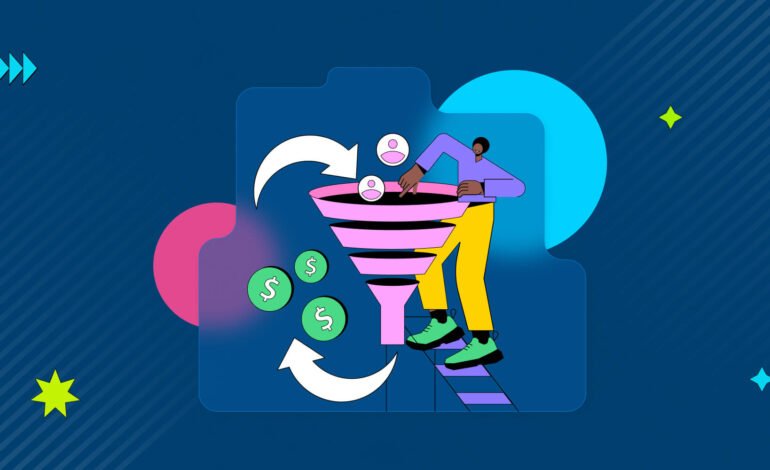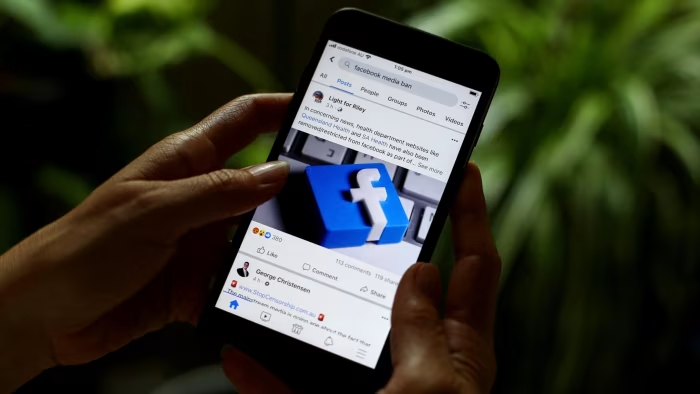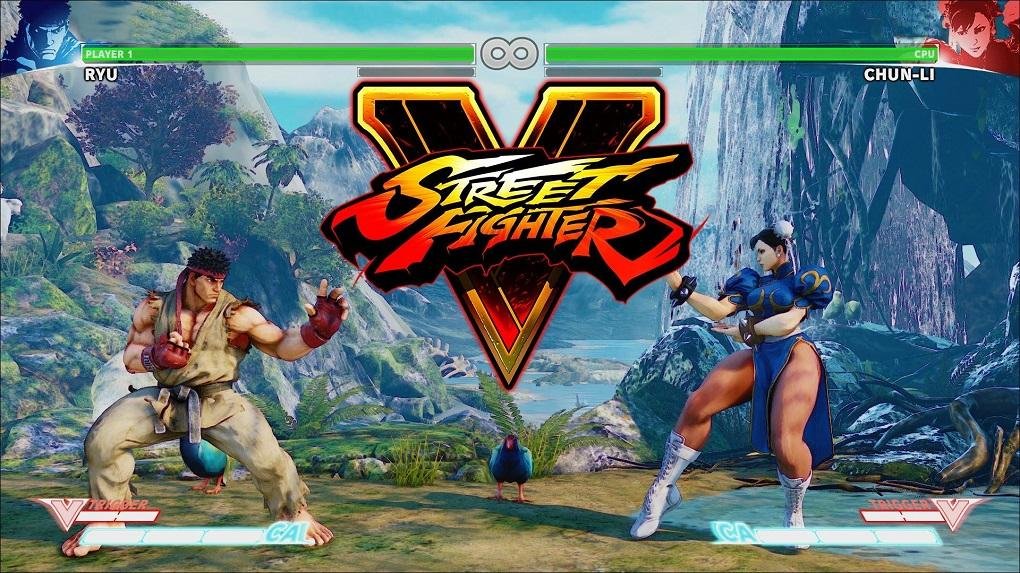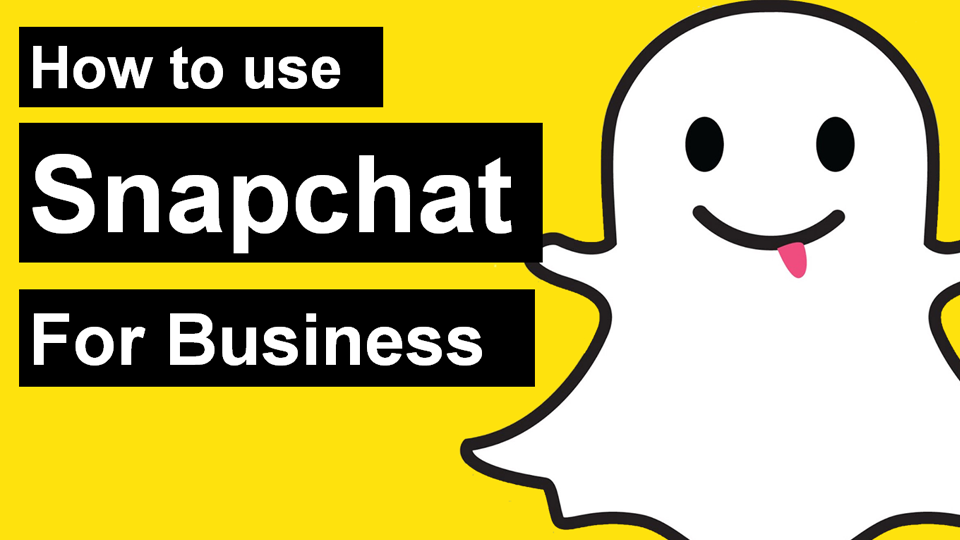Micro-influencers are displacing the big influencers
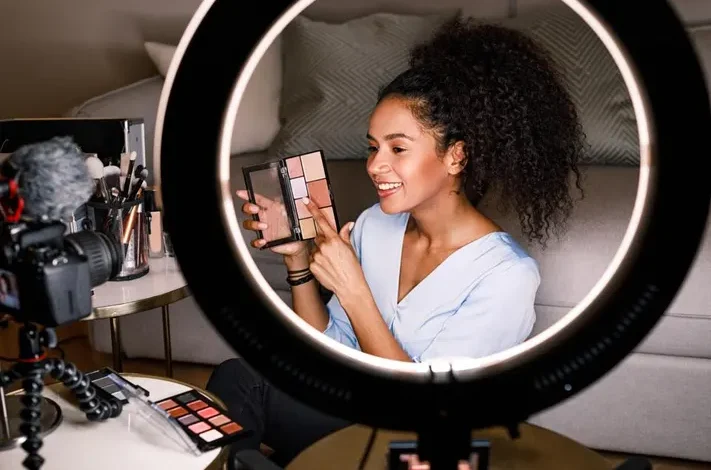
Influencer marketing has been on the rise in recent years. Where users with millions of followers used to triumph, now brands are increasingly looking at micro-influencers. Do you want to know what happened and why your brand might be interested?
Micro-influencers, the new trend
With the rise of social media, influencer marketing also emerged, in which a brand pays an influential user to promote products in their posts. The star metric was the number of followers: the more there were, the greater the reach of the influencer and therefore, the greater the impact of the campaign. Or at least that was the theory.
The problem is that over the years, this type of campaign was used more and more and lost effectiveness. Instead of working only with their favorite brands, influencers became professional, and their opinions were perceived as less and less genuine. In addition, a whole market of followers has emerged to inflate the metrics that most interest brands.
For this reason, in recent years, there has been a rise in micro-influencers: users with a much smaller audience (usually between 1000 and 10,000 followers), but who are not professionalized and who connect in a much more direct way with their followers. According to a study conducted in January 2018 in Europe and the United States, influencers with fewer than 100,000 followers take 45.8% of the fashion, cosmetic, and luxury market. Macro-influencers (between 100,000 and 500,000 followers) account for 33.6%, while 9.3% correspond to mega-influencers (between 500,000 and 1,500,000). Celebrities, defined as users with more than one and a half million followers, are responsible for 11.3% of campaigns.
Why are you interested in working with micro-influencers?
- To prevent fraud. Since they have small follower numbers, it’s much more likely that all of them are real fans and haven’t resorted to buying strategies.
- For its authenticity and honesty. While great influencers live off their brand on social media and are forced to monetize it, micro-influencers are driven by their interests and passions. As such, they can afford to choose very well which brands they collaborate with, and this authenticity is passed on to the audience.
- Because it is a less saturated market. There is great competition to get the attention of the big influencers, which makes these actions expensive and also makes the same influencer work with a multitude of brands. With micro-influencers, the deal is much closer, and it is easier to negotiate favorable conditions.
Because it improves engagement. Micro-influencers have an authentic and dedicated audience, and they tend to have a much closer relationship with them. The result is that engagement rates are much higher than with posts aimed at a mass audience.

